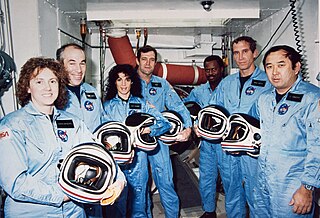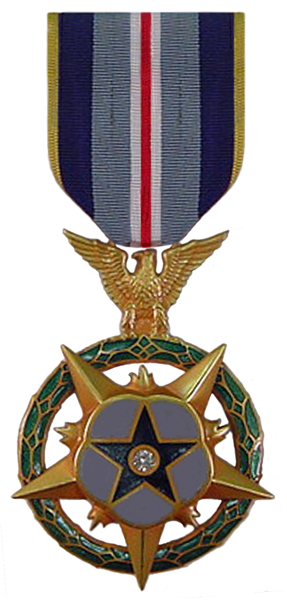The early 1980’s were heady times in the United States. We were on a collective high – a space high
Great things were accomplished during the Apollo Program. It took us to the moon! Or, at least, it took Neil Armstrong, Buzz Aldrin others to the moon. But other things were accomplished that eventually made reusable space vehicles a reality.
Those amazing spacecraft became a reality for most of us when Columbia lifted off in April of 1981. Ordinary folks marveled at what NASA had wrought. And we held our astronauts in high esteem.
We rode high during the first half of the eighties, and celebrated the debut of the second shuttle vehicle, Challenger, in 1983. We were on top of the world, and our men in space were out of this world, quite literally.
And then, in 1986, the unthinkable happened. We all had known it could happen, but most of us didn't allow ourselves to believe it would.
















 In Amarillo, Texas hometown of Columbia's mission commander, has the Rick Husband Amarillo International Airport, and there's a statue of the astronaut there.
In Amarillo, Texas hometown of Columbia's mission commander, has the Rick Husband Amarillo International Airport, and there's a statue of the astronaut there.



 Gold Heart Locketson 12/30/2015
Gold Heart Locketson 12/30/2015
 Ships and Boats on Electrical Wall Plateson 11/12/2015
Ships and Boats on Electrical Wall Plateson 11/12/2015
 Nautical Jigsaw Puzzles: Ships and the Seaon 11/04/2015
Nautical Jigsaw Puzzles: Ships and the Seaon 11/04/2015
 Tropical Flower Christmas Ornamentson 11/03/2015
Tropical Flower Christmas Ornamentson 11/03/2015


Are there any memorials to the astronauts in your area?
CruiseReady, It's heartwarming to think of all the ways that the 14 souls -- and Roger Chaffee, Gus Grissom and Ed White from Jan. 27, 1967 -- are remembered.
It still makes me sad to remember them. Had I been at home that day, my husband and I would have been watching from our front yard. Our routine was always much like yours and many who live near KSC - Watch the countdown on the NASA TV channel, the go outside. There was often applause from various yards in our neighborhood at separation. That day would have been far different.
Living near the east coast of Florida meant that our family could watch the shuttles fly. We'd watch on TV until it lifted off the ground, then we'd go outside and watch for it to rise over the tree line. Usually we could see the rocket boosters separate too.
After about 4 or 5 minutes the rumble from the engines would reach my house. It was always exciting.
In 1986 I had just left the Winn Dixie with my 3 year old son, and out in the parking lot people were gathered around cars listening to the radio. They were saying that the shuttle had exploded. My son and I had waited at home to watch Challenger fly, but it kept getting delayed because of the cold weather. Finally, I gave up and went grocery shopping.
On my way home from the store I was heading east, toward the coast, and I will never forget the look of the sky because of the explosion. Usually, after a shuttle lift off, a big puffy single plume contrail was left in the sky. This time many white trails zigzagged across the sky.
Christa McAuliffe was a teacher in New Hampshire, where I now live, and I've been to the museum in Concord named for her. All these losses are very sad.